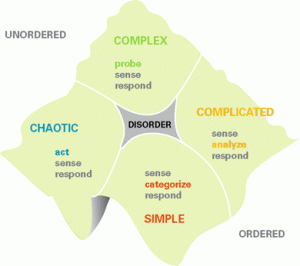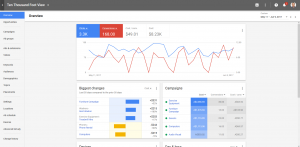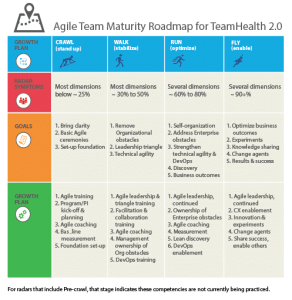Examine your current and future audience needs when choosing your virtual event stack
The further we get into the 2020 calendar, the more ways marketers have found to address their virtual event needs. But how should marketers go about selecting the right stack for their virtual event needs? It is a question that was reviewed in depth during an episode of MarTech Live with guests Marc Sirkin, SVP of Marketing and Technology for Third Door Media and Vasil Azarov CEO of the Growth Marketing Conference, hosted by Kim Davis of MarTech Today.
“You’re going to be constrained and guided by the technology you select, and there are two very big, different routes [for selecting your virtual event martech stack],” said Davis. “You could go the route of trying to find one solution which does just about all the things you need to do, or you can patch together, or hack together, a virtual stack from a series of hopefully best-of-breed solutions.”
Hacking marketing. For Third Door Media, said Sirkin, “there is a whole team to try to pull this together. What we’ve done is assemble best-of breed-components and elements. An example of this is that we are streaming through Streamyard to Vimeo video which gives us lots of flexibility for on-demand and live recording. We’re using a registration platform for the event experience, and then we’re using custom-built components, from a back end standpoint to manage sessions and speakers all kind of stuff. And then WordPress on some of the front-end pieces, so what we have put together is very ‘hacking marketing’.”
Azarov and the Growth Marketing Conference chose to go with Crowdcast, a vendor they had used in the past. Familiarity led to increased operational efficiency. Despite a few early issues, Azarov was satisfied with his decision.
“We did not want to abandon Crowdcast. We built our website, on Hasaan, which is a templated platform for virtual events, really easy to plug and play speaker sponsors,” said Azarov. “It is very easy to customize, we just needed a developer to add some CSS and it looks it looks nice. And it is very easy to update so we used a combination of those two for the first event. And then with each successful summit we started to layer on additional tech stacks.”
The ability to create custom stacks instead of one solution definitely extends budgets, which is always important, but also allows marketers to tweak a tool or an app that may not be performing up to expectations. It is definitely a lengthier process but one that can pay dividends long-term.
“You really need to understand your specific goals,” said Azarov. “If your team is small, I would recommend going for an all-in-one platform if you have some extra budget to invest. If you really have a good team in place who understands the platform and can pull things together, and you want to do it in a more cost efficient way, then putting a stack [together] will be a better decision.”
This story first appeared on MarTech Today.
Marketing Land – Internet Marketing News, Strategies & Tips
(12)
Report Post







